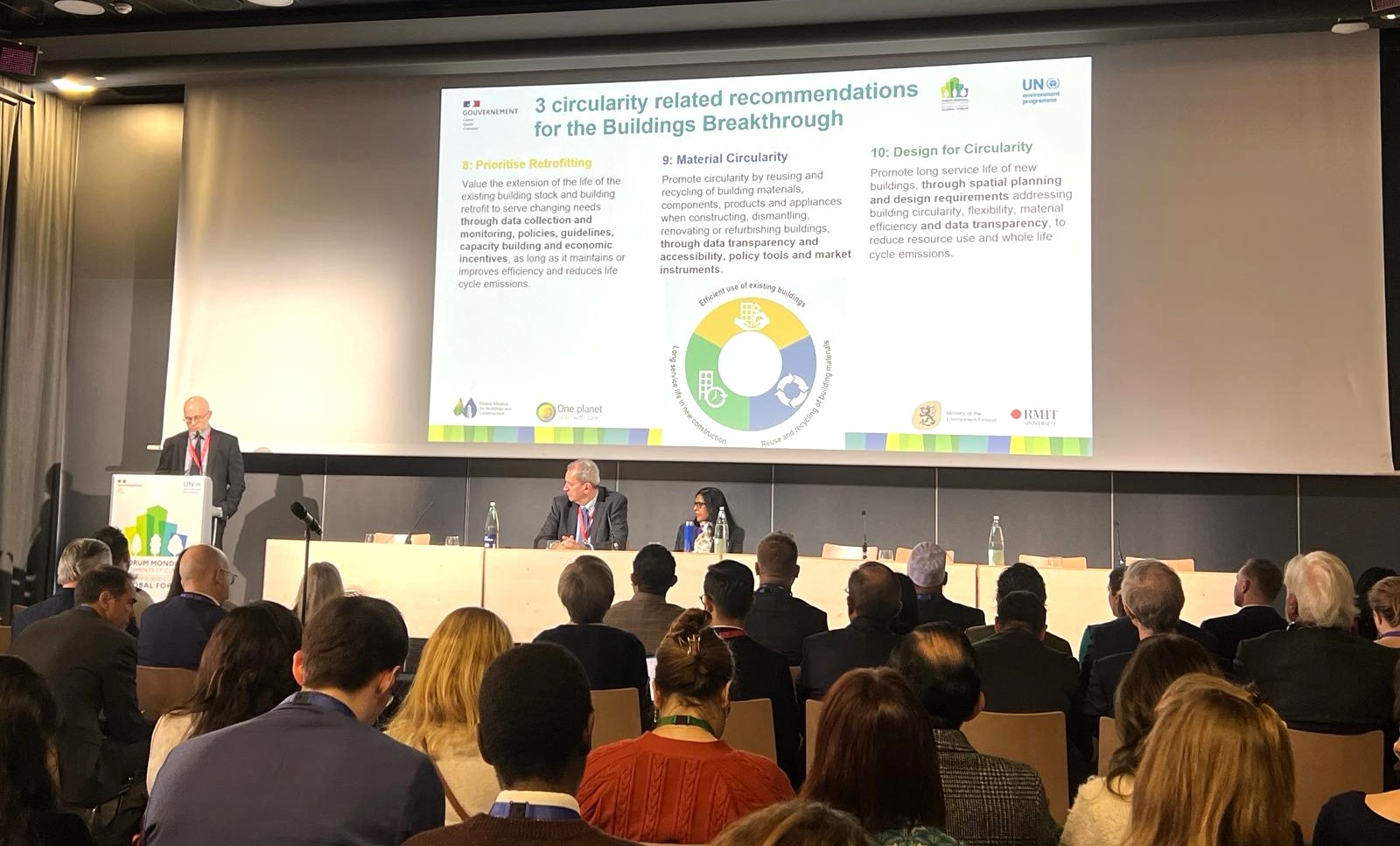Policy coherence in the implementation of the 2030 agenda for sustainable development: the Brazilian School Feeding Programme Case Study
The article analyzes the coherence between the 2030 Agenda and the legal framework of the Brazilian National School Feeding Programme (PNAE) at the federal level. Regarding the methodology adopted, this applied research adopted qualitative, descriptive and documental approaches and used, as conceptual base, The Policy Coherence for Sustainable Development (PCSD) Framework, proposed by OECD (2016). The author developed a procedure to quantify the coherence between the Sustainable Development Goals (SDGs) and the PNAE.
This case study main objective was to analyze the coherence between the 2030 Agenda and the legal framework of the PNAE at the federal level. The analysis, conducted in 2017, sought to map how the PNAE’s legal framework relates to the 169 targets and the 17 SDGs presented in the 2030 Agenda. In the legal framework, 162 coherence links were identified in 37 targets (21.8%) of 13 SDGs (76.4%). SDGs that presented the greatest coherence, according to the criteria used and in descending order were: SDG 2, SDG 4, SDG 3, SDG 1, SDG 10, SDG 16, SDG 12, SDG 15 and SDG 17. SDG 5 (gender equality) presented the weakest intensity of coherence. In-depth analysis of SDG 1 (no poverty) showed that the coherence intensity of the PNAE’s legal framework with this Goal derives, to a great extent, from its integration with the Food Acquisition Programme (PAA). A possible way to increase the coherence intensity between SDG 1 and the PNAE’s legal framework would be to incorporate into this programme, aspects exclusively present in the design of the PAA. Regarding the SDG 2 (zero hunger), a way to increase the coherence intensity between this Goal and the PNAE’s legal framework would be to increment the minimum purchase value of smallholder farming beyond thirty percent.

